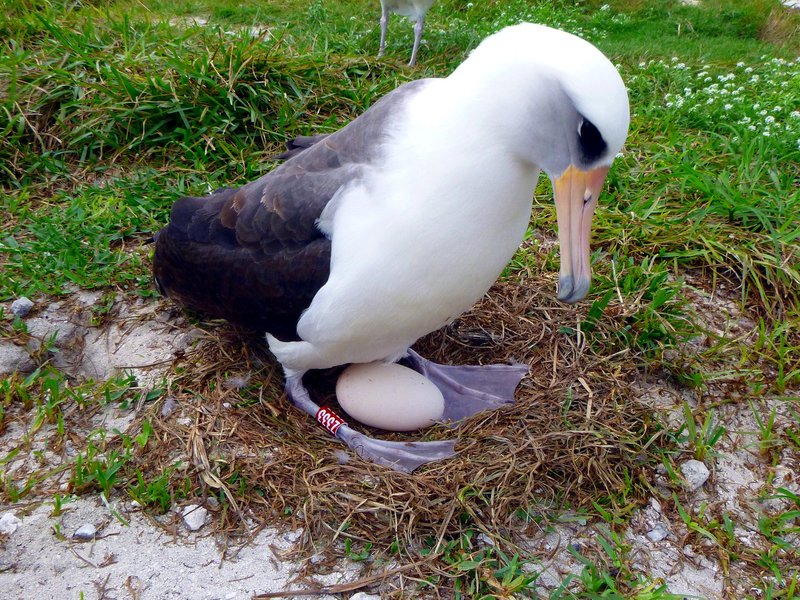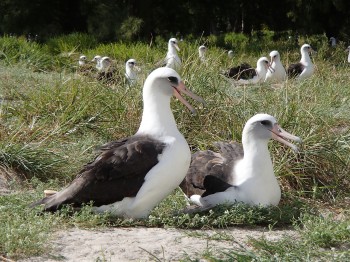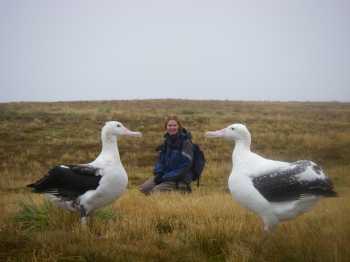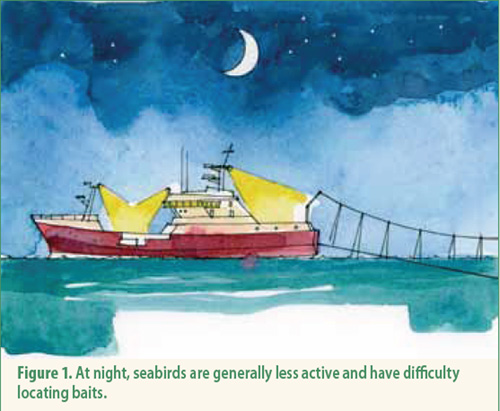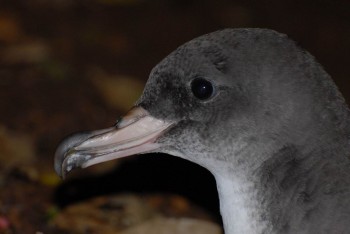The 19th Session of the Indian Ocean Tuna Commission’s Scientific Committee was held in Victoria, Mahé, Seychelles over 01-05 December.
The Albatross and Petrel Agreement was represented by Anton Wolfaardt, Convenor of its Seabird Bycatch Working Group. The Scientific Committee considered a number of seabird-related recommendations from the Working Party on Ecosystems and Bycatch (WPEB), which met in September this year (click here). One of the key recommendations from the WPEB was that when the IOTC Seabird Conservation and Management Measure (Resolution 12/06 On reducing the incidental bycatch of seabirds in longline fisheries) is next reviewed, the line-weighting specifications be updated to conform with the latest ACAP advice. It further recommended that the two hook-shielding devices recommended by ACAP as best-practice measures be incorporated into a revised IOTC Seabird Conservation and Management Measure as additional mitigation options for use in IOTC fisheries operating south of 25°S (the area of application of Resolution 12/06).
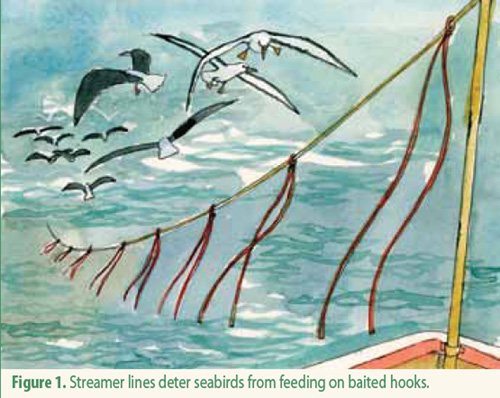
Following consideration of these matters, the Scientific Committee endorsed the WPEB recommendations regarding ACAP’s best-practice advice, and in so doing have provided scientific support for a proposal to update Resolution 12/06. Such a proposal would need to be submitted by an IOTC Contracting Party to the Commission for their consideration and final adoption. The next meeting of the IOTC Commission will take place in May 2017.
Anton Wolfaardt, Convenor, ACAP Seabird Bycatch Working Group, 21 December 2016

 English
English  Français
Français  Español
Español 